The tires on new cars and trucks usually only last 20,000 or 30,000 miles typically. OEM tire life is usually much shorter because the vehicle and tire manufacturers are focused on installing tires on new cars and trucks that will help sell vehicles as opposed to saving you money over the long term.
Why Do New Car Tires Wear Out So Fast?
New cars and trucks usually have tires designed to focus on issues you may notice when test driving a vehicle. Things such as ride comfort and handling.Most features of tires that are easily noticed benefit from soft rubber compounds. Soft rubber improves traction and ride quality, but tires wear down quickly with softer rubber.
This doesn’t mean that they are bad tires. They actually may be very good tires, just not tires with good tire wear and long service life.
They may be energy efficient, have excellent traction, ride smoothly in rough road conditions, or be very quiet.
Let’s take a closer look.
OEM stands for Original Equipment Manufacturer. OEM tires are simply tires specified by the vehicle manufacturer for the car or truck to leave the factory with when they are shipped to the various car dealerships.
OEM tires and aftermarket tires are designed for different purposes. Let’s cover a bit of what the thought process is for each.
A lot of thought goes into the selection of tires for your new car or truck. And that critical thinking isn’t focused on ensuring you get the most bang for your buck out of a set of tires.
Car and truck manufacturers are in business to make money. They want to make you happy and convince you to buy that new vehicle. One of the ways they do this is by making sure the tires of their new cars and trucks sitting on dealer lots have comfortable and grippy new tires.
Vehicle manufacturers also work with tire manufacturers to design tires specifically for this purpose. They have well-known tire manufacturers make tires to their specifications that maximize the features they want you to notice while minimizing the ones they hope you don’t.
You won’t notice short tire life until long after you’ve left the dealership and made several car payments. You’re focused on that shiny new vehicle and not the tires it rides on.
Aftermarket tires are designed to make you happy over the life you own them. When you buy tires you’re focused on how well they fit your unique needs. One of those needs everyone pays attention to when buying tires is tire life.
“How long will these tires last and will they be worth the cost?”
If you’re interested in a comfortable tire, there are aftermarket tires that focus on that. If you’re interested in longer tire life, there are aftermarket tires that can provide that.
The bottom line is you don’t get to pick the tires on your new vehicle but you do when you replace tires.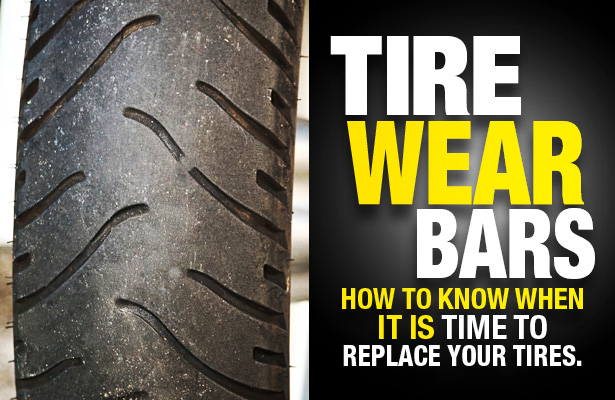 Vehicle manufacturers are going to pick the tires that benefit them and you’re going to pick the tires that benefit you.
Vehicle manufacturers are going to pick the tires that benefit them and you’re going to pick the tires that benefit you.
Not all new tires on new cars and trucks have short tire life. Some perform very well for long periods of time. Other tires that come with new vehicles may only make it 20,000 to 30,000 miles before they need to be replaced.
Typical all-season tires for average passenger cars and light trucks commonly last 50,000 miles or more.
New cars and trucks will usually not have any of the problems that older vehicles have that can cause tires to become worn more quickly. Suspension components are in excellent shape and alignment is usually perfect.
Assuming there has been no damage to these parts and your wheels and tires have been properly balanced, there should be no reason for your tires to not last as long as possible.
An aggressive driving style would be the only real reason that a new vehicle would wear tires down more quickly if the tires have a good treadwear rating and a long tire mileage guarantee.
The best way to determine how many miles your tires should last on your new car or truck is to see if the tire manufacturer provides a tire warranty with a mileage guarantee.
Not all tires have warranties provided by the tire manufacturer and even those that do may not include a mileage guarantee. That said, most tires will have both a warranty and mileage guarantee.
If the tires on your new car or truck don’t have a mileage guarantee, you can check the UTQG Treadwear rating to get a general idea of how long the tires may last.
New tires should be able to last the guaranteed mileage provided by the tire warranty unless you have an aggressive driving style, don’t perform proper tire maintenance, or there are problems with your suspension components or alignment.
Most common aftermarket tires for the average passenger car or truck will last 50,000 miles or more.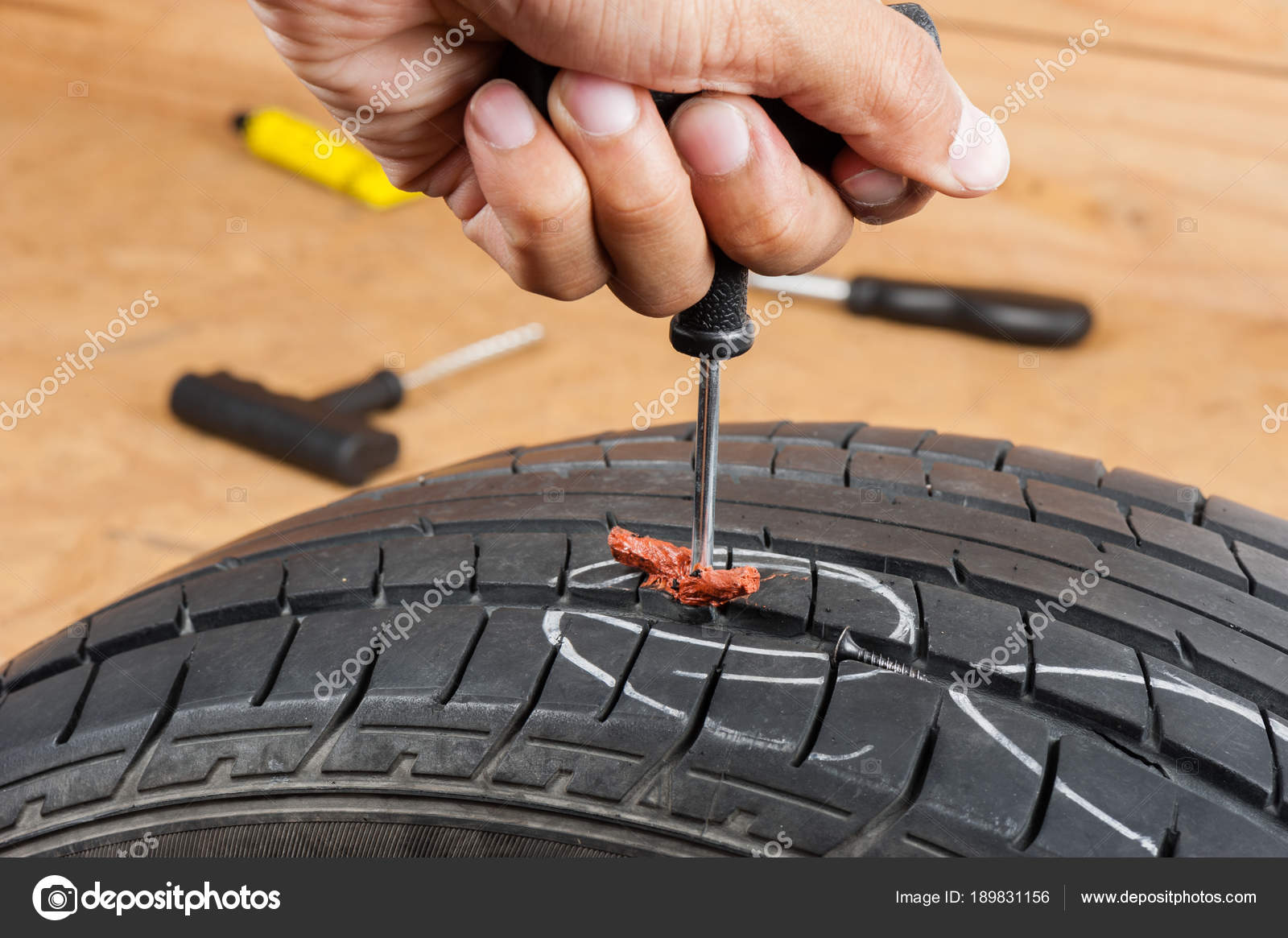 Sports car tires typically only last 30,000 miles or so due to the use of softer rubber and more aggressive alignment settings that are designed to improve handling instead of maximizing tire life.
Sports car tires typically only last 30,000 miles or so due to the use of softer rubber and more aggressive alignment settings that are designed to improve handling instead of maximizing tire life.
Even tires that don’t get driven on very often will eventually need to be replaced. Tires will dry rot over time due to exposure to sunlight and ozone in the atmosphere. Ultraviolet radiation and ozone break down rubber compounds and cause them to degrade.
You should replace tires older than 6 years as a general rule. Some tires may last longer if they are kept away from direct sunlight, sealed in airtight storage bags, and kept away from large temperature extremes.
Tread Depth ChartThe key to making tires last longer is proper tire maintenance. Driving style will definitely have a large effect, but proper maintenance of your tires will ensure that you avoid uneven wear which will dramatically shorten tire life.
This is especially true if you’re trying to get the most out of your OEM tires with soft rubber. Let’s take a look at the steps you need to take to ensure your tires are properly maintained.
One of the most misunderstood tire maintenance aspects is tire pressure. You should check your tire’s pressures monthly for best results. Most drivers rely on their tire pressure monitoring system (TPMS) to let them know when they need to add air to their tires.
Unfortunately, that isn’t the purpose of TPMS. A tire pressure monitoring system is designed to let you know when your air pressure is 25% below the air pressure listed on the tire information sticker in your driver’s door jamb or owner’s manual.
When your tire’s air pressure has dropped to 25% below the recommended level is well below a pressure that will be good for your tire. Uneven wear on the outer edges of the tire will occur and you will put a lot of stress on the sidewalls, potentially causing a catastrophic blowout.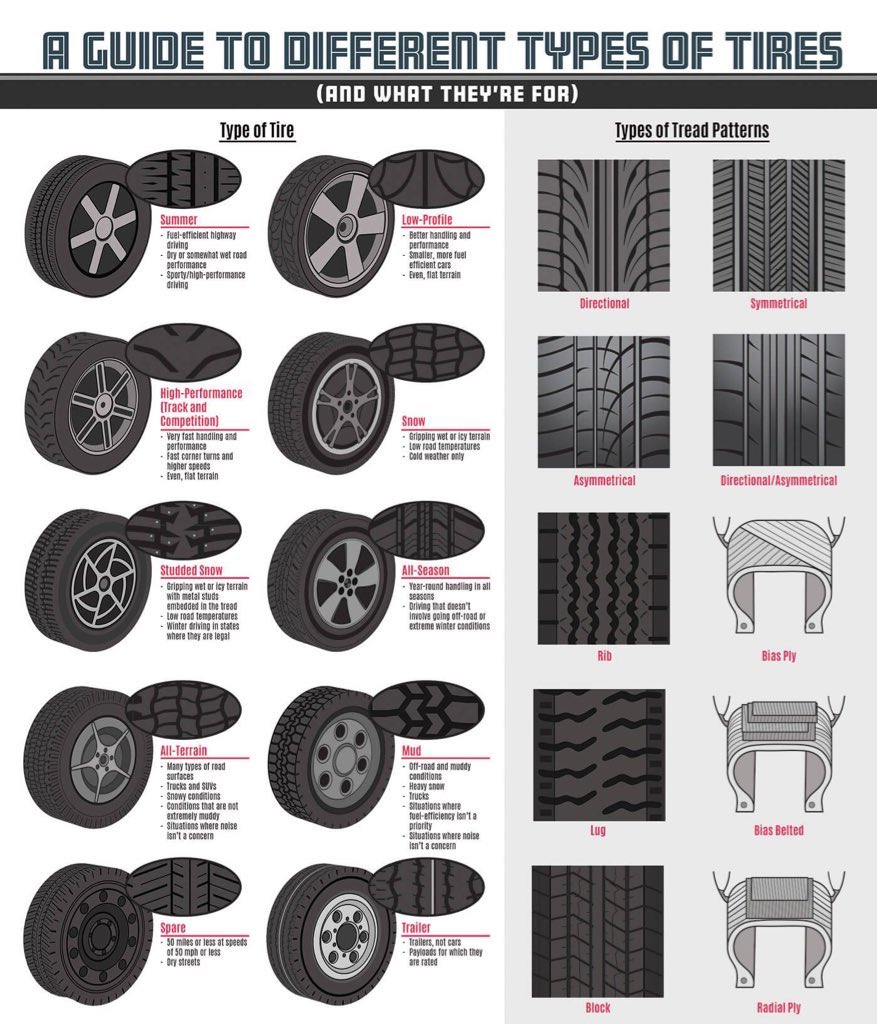 Overinflation can cause your tires to wear more in the middle of the tread pattern, which obviously isn’t ideal either.
Overinflation can cause your tires to wear more in the middle of the tread pattern, which obviously isn’t ideal either.
You could be riding along at an air pressure that is 24% too low for months and never realize it if you’re not checking the pressure in your tires regularly.
Making sure you have your tires rotated at regular intervals is one of the most important things you can do to ensure that your tires last as long as possible. Regular tire rotation helps to make sure that your tires wear more evenly.
Each tire position around your vehicle has a different tire wear pattern. This is especially true of front tires and rear ones. You can more evenly distribute this uneven wear by having your tires rotated every 5,000 miles.
Tire rotation prevents tires from wearing more in one spot until they have become bald only in that area, while the remaining tread depth is still very good. This way you are able to use more of your tire tread and get more overall tire life out of them.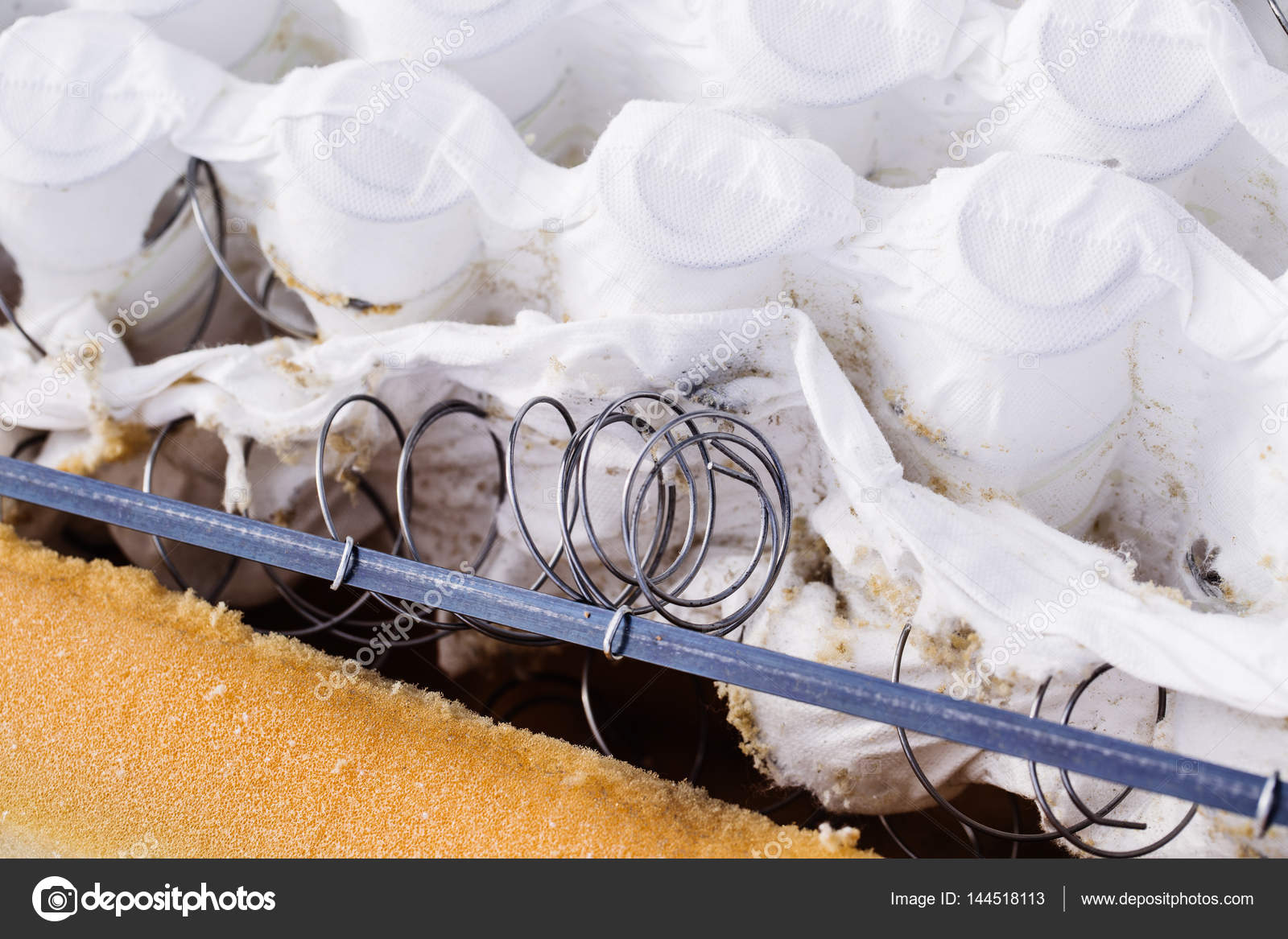
One of the most common reasons for uneven tire wear is poor alignment. We recommend having your wheel alignment checked every 10,000 miles. This will take care of many of the causes of uneven wear and shortened tire life.
The cause of many alignment problems is usually potholes and curb strikes. Hard hits to your suspension will damage suspension components and make it difficult to bring your vehicle back into alignment.
The other primary reason you need to have your alignment checked regularly is age. As your car or truck gets older, bushings, shocks, and springs will begin to fail and allow the suspension to fall out of alignment as it sags or shifts.
Having your wheels aligned regularly will ensure that your vehicle drives straight and true. It will also have someone regularly putting eyes on your suspension to identify component damage and failures before they become more serious problems.
Most drivers have their tires balanced only when they purchase replacement tires. But you should actually have your tires balanced every 10,000 miles.
But you should actually have your tires balanced every 10,000 miles.
Over time, wheels can lose wheel weights, rims can get bent, and as a tire wears it can become unbalanced. Out of balance tires will slightly bounce as it spins which can cause tire wear known as cupping. It can also cause steering wheel vibration or tire noise.
You should strongly consider replacement tires once your tread depth reaches 4/32″. By the time your tread depth has dropped to 2/32″ you must replace your tires since they are considered bald at that point.
Stopping distances increase dramatically when compared to new tires as tread depth gets closer to 2/32″ of tread depth. Also, the chances of hydroplaning are greatly increased. If safety is a concern, and it certainly should be, you will want to replace your tires before you reach the minimum legal tread depth.
You can check tread depth with the penny test or a tread depth gauge. Also, you can refer to the tread wear indicators that are built into most tires called wear bars.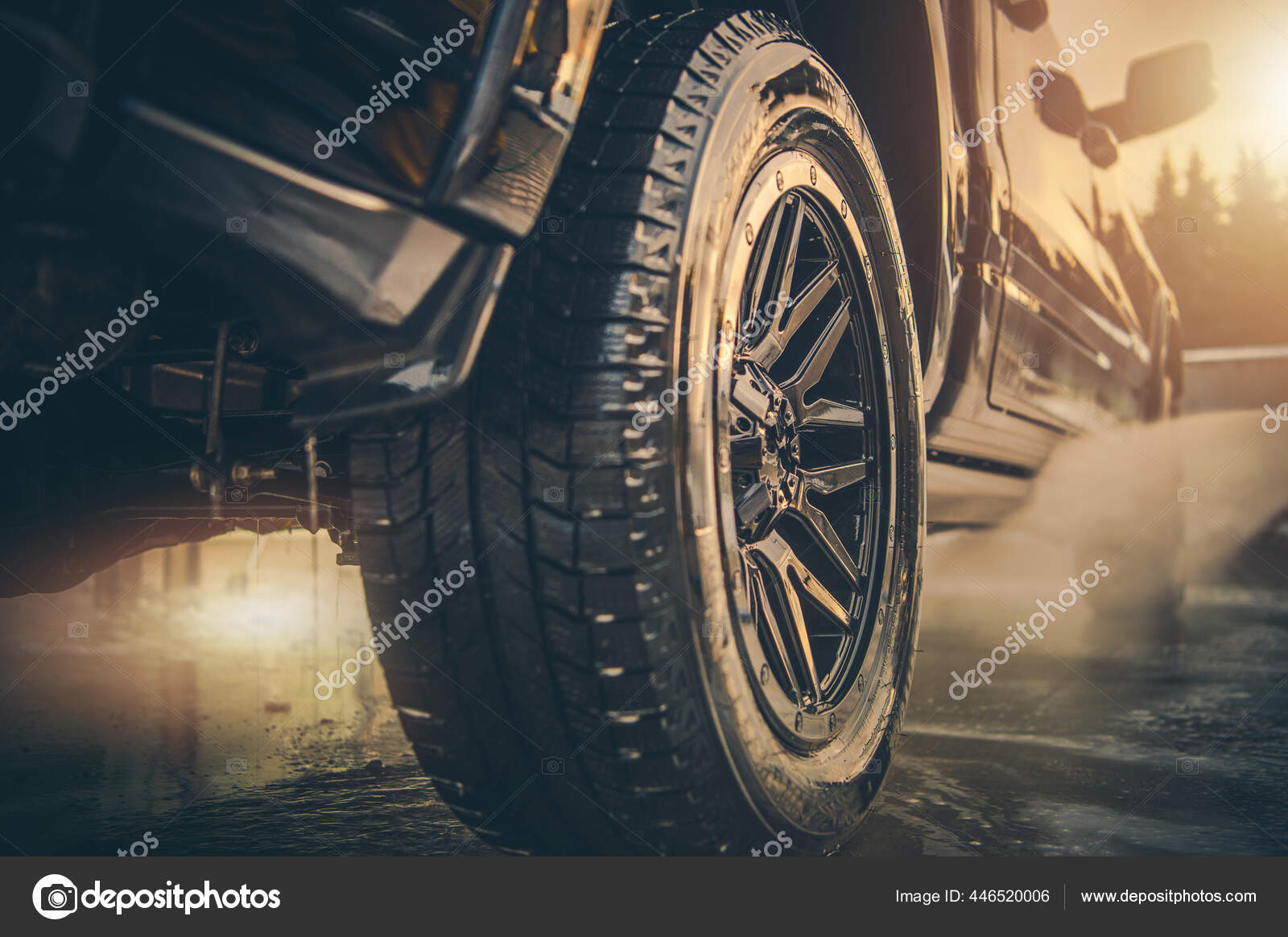 These small raised bumps at the bottom of the tread grooves are 2/32″ high. Once your tire wear is even with the top of the wear bars, you know you’ve reached the minimum legal tread depth.Penny Test
These small raised bumps at the bottom of the tread grooves are 2/32″ high. Once your tire wear is even with the top of the wear bars, you know you’ve reached the minimum legal tread depth.Penny Test
Below are some links you may find helpful when learning about tires
The new tires on your new car or truck are perfectly good, but there’s a good chance they won’t last long. The new tires vehicle manufacturers choose to install on their vehicles aren’t picked for their tire tread life.
The new tires vehicle manufacturers choose to install on their vehicles aren’t picked for their tire tread life.
OEM tires are chosen for ride quality and handling characteristics. There’s no benefit to the vehicle manufacturer installing tires that last a long time.
Good luck and happy motoring.
Will Creech
Will has been an automotive enthusiast since he was old enough to make engine sounds. Formerly a member of the contract training team at Discount Tire, he is unusually knowledgeable on all things related to tires. He is now the owner of and main contributor to TireGrades.com.
A factory tire set is perfect for everyday driving, but it comes with downsides as well. Mainly, they are unable to provide traction in inclement weather conditions. But, what exactly do they offer?
When looking for aftermarket tires, is sticking with an OE tire set worth it?
Vehicle manufacturers select tires that bring out the vehicle’s best performing characteristics to be OE parts. Let’s walk through everything you need to know about factory OE tires.
Let’s walk through everything you need to know about factory OE tires.
OEM tires are part of the vehicle development process. They are special tires that are created for a specific vehicle model by tire manufacturers. These tires are mounted on new vehicles and are sold together with the vehicle.
A vehicle manufacturer will select original equipment tires based on the vehicle’s performance. These tires are designed to bring out the vehicle’s best driving and performing capabilities. Therefore, an original tire set fits the car the best.
But, are factory OE tires really that good?
OEM tires, which come with the cars, should last about 50,000 miles. However, often that is not the case. While different conditions, like driving habits and versatile driving conditions, can significantly shorten the tread life, often that is not the case with these tires.
Most often, regardless of the driving conditions, an OE tire set will start showing wear after about 20-30,000 miles.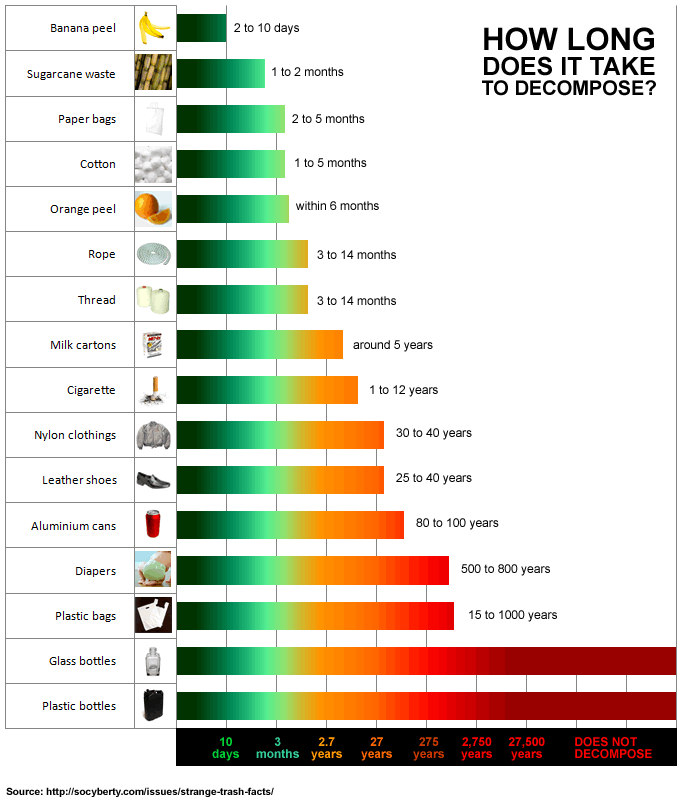 This is not the answer we want to hear to the “how long are tires good for?” question. So, why is this?
This is not the answer we want to hear to the “how long are tires good for?” question. So, why is this?
No, OE tires are not made to be weaker than aftermarket rubber. Simply, they are under too much strain. Vehicle manufacturers put emphasis on bringing out “car characteristics” (read as comfort) when choosing OE tires.
However, often these tires will not be able to handle the strain of driving. This is due to the soft rubber compound used by tire manufacturers. The average mileage for tires is 50,000 miles, but soft compound OE tires do not last that long.
A new set of OE tires won’t be able to handle the driving conditions for long without deforming. Stock tires use soft compounds in order to offer a comfortable drive to customers. Vehicle manufacturers put these OE tire sets on the cars, in order to make a sale – we are more likely to purchase vehicles if they offer a smooth ride.
As the saying goes: Jack of all trades, master of none.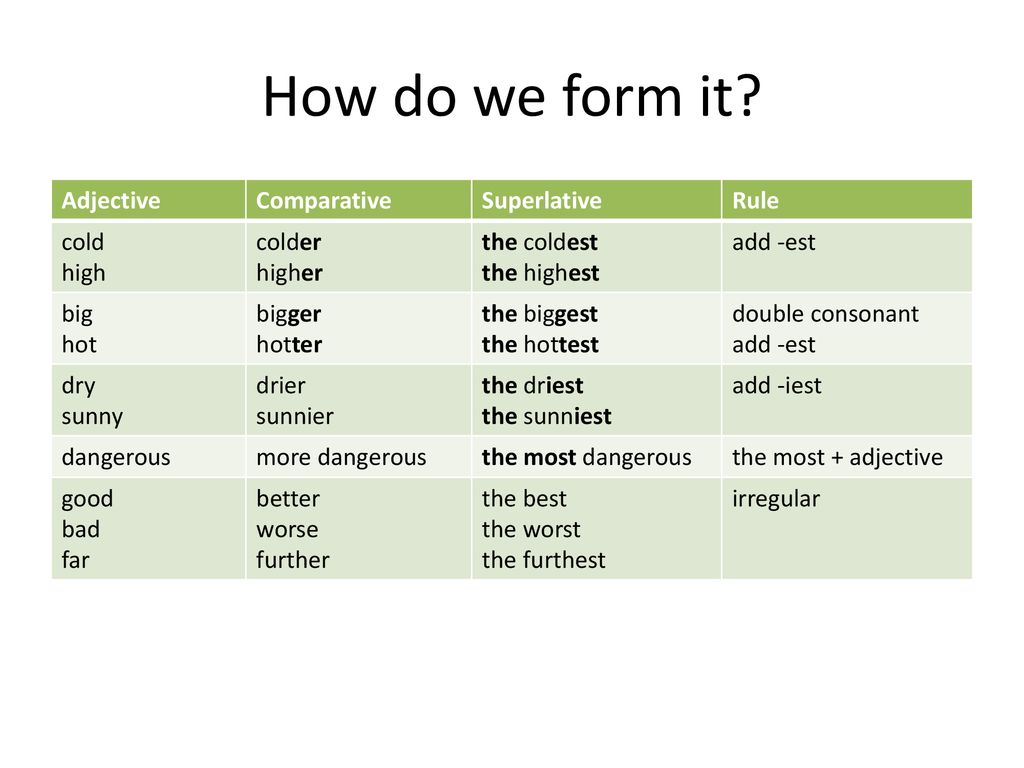 This perfectly portrays OE tires.
This perfectly portrays OE tires.
For the most part, stock tires are designed to provide the necessary performance in various conditions. Different weather situations, and at times versatile road surfaces, can be conquered easily by OE passenger and truck tires.
The problem comes when you need your tires to handle one specific condition with experience. OE tires on your car will offer adequate traction, even for sports car applications. Yet, for regular everyday driving, they are reliable tire sets.
One major benefit original equipment tires offer is that they were designed for your specific vehicle. Tire brands develop tires at the request of vehicle manufacturers, optimizing these tire models to perfectly highlight the cars.
Therefore, each car model, often even the various versions of the same car, will have different OE tire sets. It should come as no surprise that SUV/truck tires will not be identical to sports car models, but tire manufacturer development takes it a step further. They notably invest in tire technology, so manufacture the best possible OE tires.
They notably invest in tire technology, so manufacture the best possible OE tires.
While stock tires do not have long tread lives, they provide the performance you crave for. After driving on an OE set, you might be disappointed in your new replacement tires.
Your OE tires have reached the end of their tread life. Now what?
Well, finding an exact OEM tire match is hard, almost impossible. Most vehicle manufacturer factories change the stock tires constantly in order to improve them. Even if you may find a set that is highly similar, there is a chance that the replacement tires will not be identical to your previous set.
What are you to do?
When it comes to replacement tires, depending on the tire size, you will be able to find OE tires. These were manufactured for specific vehicle manufacturers’ models, but they aren’t necessarily linked to a specific car.
For example, you can find Porsche OE tires, which are the original equipment tires for Porsche vehicles. Additionally, as chiefly major tire brands (like Michelin) manufacture OE tires, they are easier to find.
Additionally, as chiefly major tire brands (like Michelin) manufacture OE tires, they are easier to find.
These tires will not be the same as your OEM tires. Their compound blend, sidewall design, and at times even their tread pattern will be different. However, if you wish to replace the OEM tires with similar ones, OE tires are your best bet.
Automakers often do not choose the best tires for their cars. For this reason, the best practice is to check the OEM tires mounted on your vehicle as soon as you get them.
Drivers need to know what their cars are equipped with and what they can expect from the tire set. This is both tread life and performance-wise. It might seem like a tedious process, but taking everything into account will save you time and money later.
Tires are marked with a UTQG rating on their sidewall. This holds the tire treadwear, temperature, and traction rating that will give you some guidance.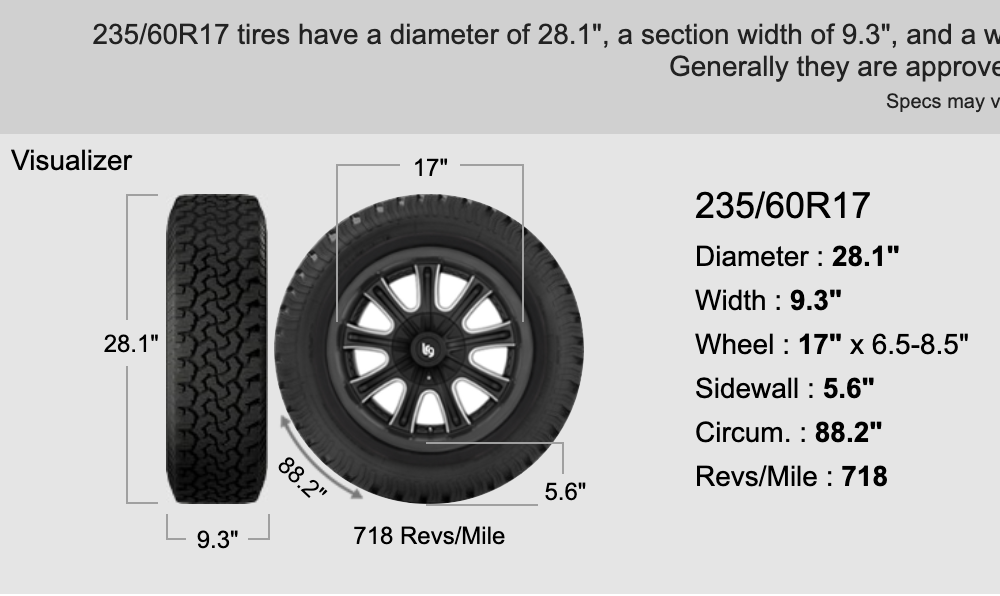
All tires, including OE tires, feature this. The tread wear index shows the estimated tread wear rate of the tires and it ranges between 200 and 800. Tires on the lower end of this scale feature a softer compound, while models higher on it were made using harder compounds.
But, what does this mean?
To put it in simpler terms, softer tires offer ride comfort, but their tread life is not the best. In fact, they were out quite quickly. On the other hand, harder tires are more stable and fuel-efficient, and they even last longer.
The tire’s overall performance is regulated by its performance rating, aka the speed rating. This is a letter located on the sidewall after the tire size and load index. It indicates the utmost speed and durability of a specific tire.
Tires, no matter if they are stock or replacement tires, should not be driven faster than their intended speed. They won’t be able to handle the pressure affecting them during the performance.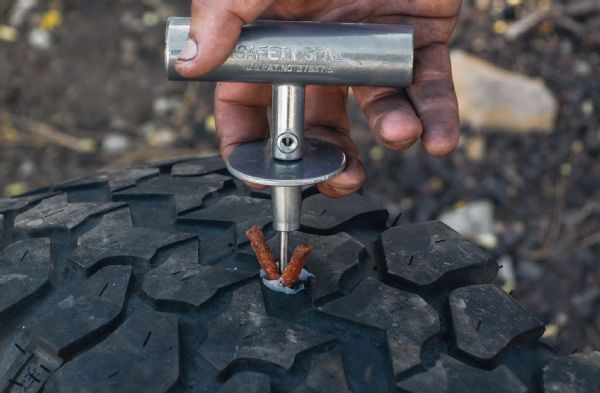
Overworking OE tires will result in a shortened tire tread life and possible tire failure.
Tire pressure levels are the end-all, be-all of tires. This is because psi levels affect tires in every possible way imaginable. It has a hand in their performance, handling, tread life, tire fuel efficiency, etc.
Therefore, knowing the maximum and minimum air pressure levels necessary for the tires’ secure performance is crucial. This information can be found on the vehicle’s driver-side door jamb, or in its owner’s manual. If these fail, you can find them on the tire’s sidewall.
Stick within the guidelines, but keep in mind that lower pressure levels offer a smoother ride. For tread wear reasons, try sticking to a bit of a higher psi rating.
Usually, OEM and OE tires do not come with treadwear warranties. This is because of the softer, fast-wearing compound they use to promote a comfortable performance.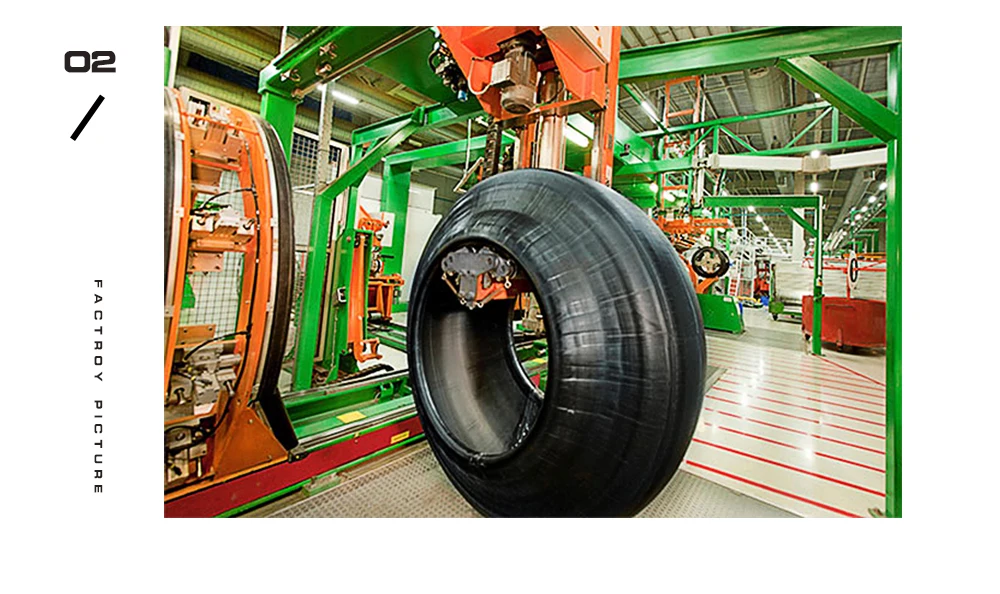
However, when you shop for replacement tires, be sure to check out what warranties the tire manufacturer offers. Often tires are sold with specific tread mileage warranties, but you will only be eligible if you follow the tire brands’ guidelines. These are keeping up with:
If you wish to know how your OE tires will act down the line, read online reviews about them. Do they offer low rolling resistance? Optimized performance? What’s the tread life?
You will get answers from individuals who have been running these tires for at least a few months. This can give drivers an insight into how the tires will function down the line.
Try finding reviews from people in your area. This will tell you how the tires perform in the specific weather conditions you live in.
Specific vehicles are used for specific purposes. Therefore, they will need different tires.
Therefore, they will need different tires.
Tire manufacturers and automakers work together to develop tires designed for particular cars. This is done in a manner that enhances the performance of the vehicle, without hindering its handling, traction, rolling resistance, etc.
Companies either create new tires to fit these vehicle models, or take existing tires and tweak them to compliment the performance. As mentioned before, OE tires mounted on a new vehicle provide a little bit of everything. Automaker designers determine what characteristics they need to offer for the specialized vehicle to create the best-fitting tire for them.
A good set of tires will typically last around 50,000 miles. However, the tread life will greatly depend on your driving habits, weather conditions, and road surface conditions. Therefore, these factors may shorten the tire’s overall service life.
OE stands for “original equipment”. These are the original equipment parts a vehicle was manufactured with. Once the vehicle leaves the factory, any new part added to it is no longer an OE part. OE tires, however, are specific tire models that brands made for specific vehicles, including aftermarket tires.
These are the original equipment parts a vehicle was manufactured with. Once the vehicle leaves the factory, any new part added to it is no longer an OE part. OE tires, however, are specific tire models that brands made for specific vehicles, including aftermarket tires.
OEM is short for “original equipment manufacturer” who produces the vehicles. OE means the original equipment that are vehicle components, including OE tires, which are how the factory manufactured the vehicle. These parts are what originally came with the vehicle. But, any other replacement part is not OE anymore.
Yes, new tires offer a smoother ride. One of their benefits is the deeper tread depth that enables the tire to absorb the shock of driving. This reduces vibrations, ensuring high driving comfort levels for the vehicle’s driver and passengers. Purchasing replacement tires will reduce noise levels as well.
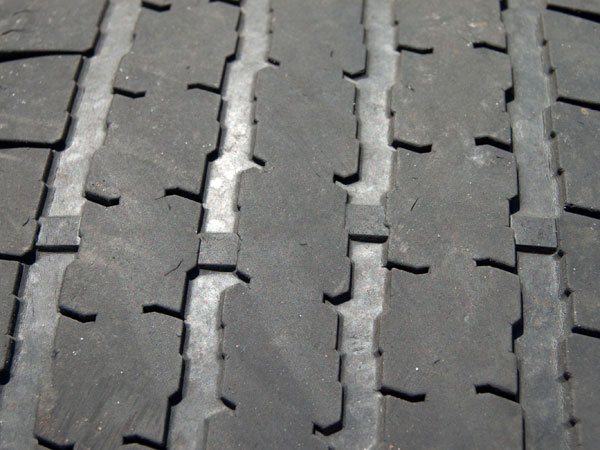 What is the shelf life of tires in stock
What is the shelf life of tires in stock The law establishes a standard period for wheel tires - 5 years. However, there is no strict ban on their further operation, so many people sell, buy, continue to ride tires that have long crossed this threshold.
Indeed, the world's rubber tire manufacturers guarantee their products for 6 to 10 years. Therefore, the service life, when tires are able to maintain their properties and meet safety requirements, comes to the fore.
IMPORTANT! The expiration date is considered from the moment of production, and not the beginning of operation.
Content
The legislator fixed the basic requirements for tires: and buses of especially small capacity.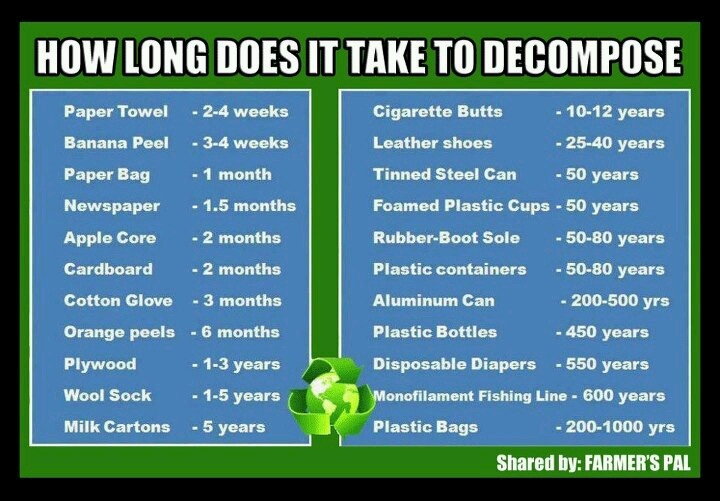 Specifications” provides a classification and decoding of markings, sets an expiration date of 5 years from the date of manufacture.
Specifications” provides a classification and decoding of markings, sets an expiration date of 5 years from the date of manufacture.
Rubber for the cold season is softer, has a specific composition and service life. Its peculiarity is in Velcro or spikes, which are designed to improve traction and accelerate braking.
The average life specified by the manufacturers is 7 years under ideal conditions of use and maintenance. It is clear that in the Russian climate and roads it is impossible to ensure this, therefore it is permissible to use the same tires for a maximum of 3-4 seasons. It should be noted that Velcro will last a little longer.
Summer tires differ by category. The composition, purpose, wear resistance depend on it.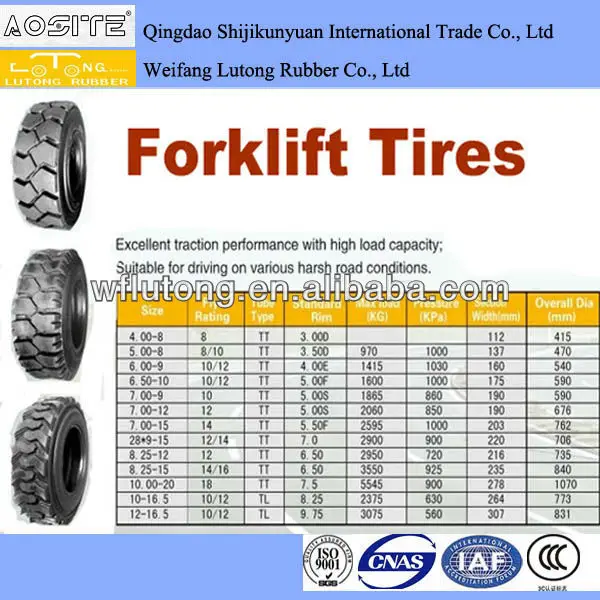 It is logical to assume that tires for driving at high speeds over 200 km / h marked H, ZR are subject to greater loads and wear out faster.
It is logical to assume that tires for driving at high speeds over 200 km / h marked H, ZR are subject to greater loads and wear out faster.
For the safety of the car owner, it is strongly recommended to replace such tires after a maximum of 6 years. The same principle applies to large vehicles, trailers. They stand for a long time, have a small annual mileage, the protectors may look decent without external disturbances, but this is not evidence of their reliability.
The permissible period of use of conventional summer tires can be obtained from the manufacturer. Often, it is voiced as a guarantee. In any case, the operation of tires for more than 5 years is accompanied by a certain risk.
Therefore, it is especially dangerous to buy used rubber. It is not known how often it was used, maintained, stored, or whether it was properly maintained. Therefore, it is impossible to say exactly how long it will serve the new owner.
Most tire manufacturers do not agree that tires have a 5 year shelf life. Each company has its own opinion on this matter. We analyzed several of them and the information they posted on their official websites.
Each company has its own opinion on this matter. We analyzed several of them and the information they posted on their official websites.
Michelin
The French tire manufacturer Michelin has become famous for its active fight against the perception of the rapid aging of tires as perishable goods. Her information campaign "Tires Are Not Bananas" created a lot of noise in the automotive environment. According to the representative office, several test trials were carried out in Saudi Arabia, South Korea and Germany. As a result of testing, no difference was found between new tires and tires stored for 3 years. They were tested for various characteristics such as rolling resistance, high speed durability, etc. Tires with a year life were approximately equal in performance to 10-year unused tyres.
Michelin draws the attention of car owners to the fact that tires are not a perishable product, their shelf life is not as important as the service life, which starts from the date the tires are installed on the rims, is important.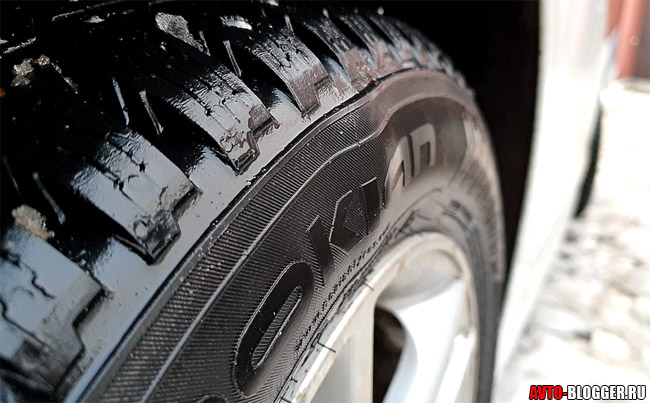 It is from this moment that the tire is subjected to all tests: pressure, temperature changes, wear, contact with uneven and sharp coatings, etc.
It is from this moment that the tire is subjected to all tests: pressure, temperature changes, wear, contact with uneven and sharp coatings, etc.
Continental
On the Russian official website of Continental, we found the following information on the expiration date of tires.
“When a tire is stored in the correct position and in the recommended conditions, it will not lose its original balanced performance for 5 years from the date of manufacture of the tire.
A properly maintained, unused tire less than 5 years old can be sold as a new tire and used normally.
Nokian
Nokian's official website has the following information:
“Tire life is not defined by law, but tires can only be considered “new” if they have been manufactured within the last five years. The recommended service life of tires is six years and the recommended maximum period is 10 years.
The recommended service life of tires is six years and the recommended maximum period is 10 years.
The opinion of our specialists, based on many years of experience, coincides with the opinion of manufacturers: the shelf life is 5 years + the service life is up to 10 years. Moreover, more "adult" tires, in our opinion, are of better quality.
To keep tires as long as possible, they are stored according to all rules and recommendations. The main condition is a cool, ventilated, darkened room away from oils, paints, ozone, and heat sources.
According to GOST, it is 5 years, but this does not mean that they will be unsuitable. It is more important how they were kept all this time.
When changing from summer to winter or vice versa, the unused set must be kept in appropriate conditions so that it will last for more than one season.
If tires are stored without rims, they are placed on the tread. If on disks, they need to be hung or stacked on top of each other. To maintain elasticity, lubrication with a special tire care product is required.
If on disks, they need to be hung or stacked on top of each other. To maintain elasticity, lubrication with a special tire care product is required.
A warehouse without a source of direct sunlight, ozone, or mineral oils is ideal for this purpose. It should be well heated (from +10 to +35 °C), and humidity should be maintained at a normal level (~ 80%).
Once again, we note that the service life of winter tires is somewhat shorter than the same period for summer tires. Although visually the tires are almost the same, the composition of winter and summer tires is very different. Without going into too much detail, a summer tire is stiff, while a winter tire is softer and more elastic, causing it to wear harder and wear faster.
Please note that in case of violation of the rules of storage and operation, the aging process of rubber and the general wear of winter tires can be significantly accelerated.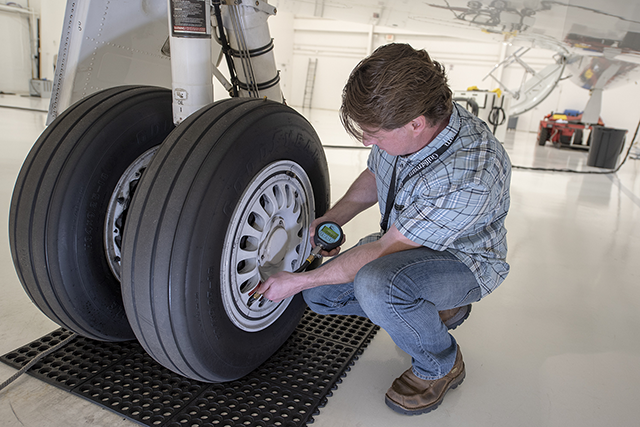 For this reason, when choosing winter tires, you need to pay special attention to a number of features.
For this reason, when choosing winter tires, you need to pay special attention to a number of features.
First of all, if new or used tires are purchased, it is necessary to determine the manufacturer and know the date of manufacture of the tire in order to understand how much more such tires are produced. In the case of buying winter studded tires, these aspects need to be given increased attention.
Please note that in order to determine how much winter tires run, it is worth dividing tires into expensive branded and cheap ones. Branded products of well-known world manufacturers are distinguished by wear resistance. If the tire is stored correctly, correctly selected for a specific car, installed on a disk, taking into account the characteristics of the tire, then the service life of winter studded tires or Velcro can be 5 years or more.
However, cheap tires (Chinese or budget domestic) under the same conditions may not come out even for a couple of seasons. The fact is that expensive tires contain patented components that allow rubber not to age and retain its properties for a long time. Cheap tires usually do not have such additives or their amount is negligible, which leads to cracking of the tire, loss of elasticity, etc.
Cheap tires usually do not have such additives or their amount is negligible, which leads to cracking of the tire, loss of elasticity, etc.
Let's get back to studded winter tires. Often, manufacturers determine that the service life of winter studded tires is 7 years or about 50-60 thousand km. The same applies to Velcro. However, in reality, such an indicator can be achieved if the “fresh” tire by the date of manufacture is operated under almost ideal conditions.
Such conditions for winter tires should be understood as a stable near-zero temperature, constant maintenance of the recommended tire pressure, as well as driving at low speed on roads that are covered with a layer of snow and ice. In other words, you need conditions for which a studded tire or Velcro is designed.
If the car is operated aggressively (sharp starts, active braking), the car often drives at high speed on dry asphalt, winter tires are operated at positive temperatures (above +8 degrees Celsius), in this case the spikes themselves fly out and the tire wears quickly .
In addition to the service life of tires, you also need to pay attention to the expiration dates. These are slightly different concepts that need to be distinguished. Simply put, the service life is actually the resource of the tire in use and depends on many factors, while the shelf life depends on the date of production and storage conditions.
To be clear, even if the tire is not in use, but simply stored new in the warehouse, the rubber will still age and eventually become unusable. As a rule, if the tires have been in storage for several years (4-7 years or more), you should not expect full compliance with all the declared performance characteristics.
It turns out that they are absolutely new in terms of wear, but old tires according to the date of manufacture will wear out more and faster when driving after installation on a car, they can be noisier, lose elasticity.
Microcracks appear on the surface, which subsequently increase rapidly under loads. It is for this reason that tires that have been in stock for a long time are usually sold at significant discounts. It is also important in what conditions the rubber was stored. High humidity, elevated temperatures, direct sunlight are not allowed. Also, winter tires are stored in special bags to minimize contact with air.
It is for this reason that tires that have been in stock for a long time are usually sold at significant discounts. It is also important in what conditions the rubber was stored. High humidity, elevated temperatures, direct sunlight are not allowed. Also, winter tires are stored in special bags to minimize contact with air.
Otherwise, winter tires, which contain many more components to maintain elasticity, quickly dry out and crack. This means that if the storage conditions are fully met, the tire will retain its properties even after 2-3 years, while a gross violation of the conditions may mean that after a couple of years the tire is not suitable for use.
To find out the date of manufacture of tires, you need to pay attention to the marking. The date of manufacture is applied on the side surface, in the form of a four-digit number (after 2000). However, it must be remembered that until 2000 the designations were somewhat different. On this topic, you can study the relevant material.
The most significant factors are:
The service life of winter tires is 7 years, but in Russian conditions it rarely exceeds 4 years. It is noteworthy that the service life of winter tires is also determined by the country of origin:

In addition, here are the factors that have a direct impact on the service life of winter studded tires:
The measurement of the tread height on winter tires should show at least 4 mm.
Winter tires must be used for a maximum of 7 years. Studs must be stored properly, otherwise they will deteriorate quickly
Summer tires are made with a harder tread.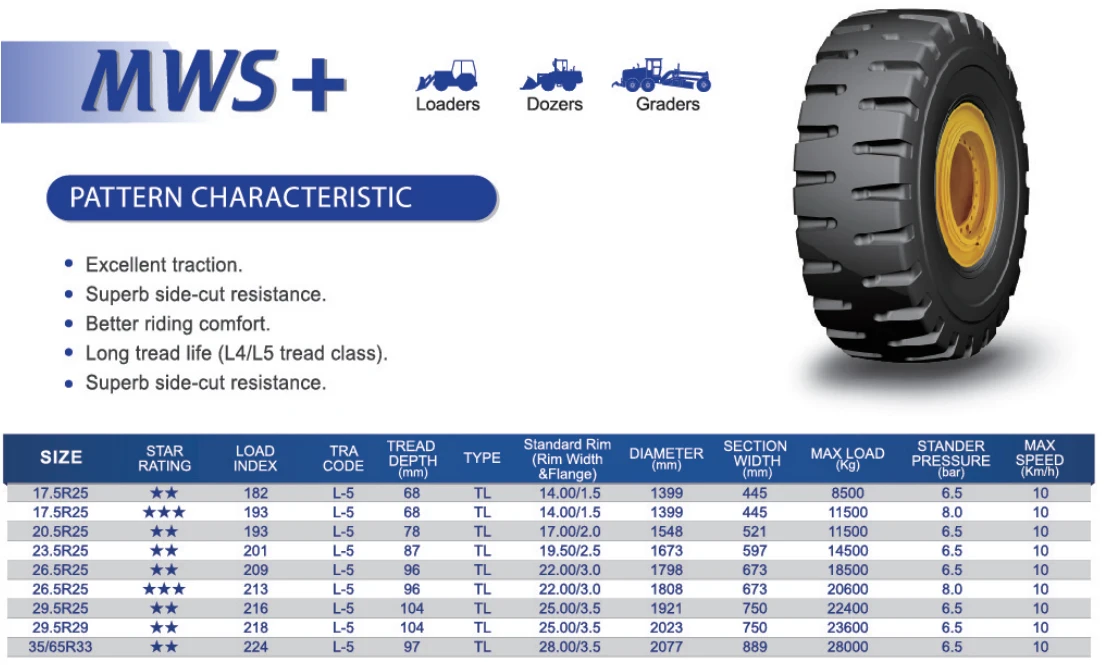 Therefore, the duration of their operation is somewhat longer. They are able to withstand 10 years, subject to high-quality road surfaces. Their resource is highly dependent on driving style. Frequent hard braking is the cause of ametrical abrasion of rubber and damage.
Therefore, the duration of their operation is somewhat longer. They are able to withstand 10 years, subject to high-quality road surfaces. Their resource is highly dependent on driving style. Frequent hard braking is the cause of ametrical abrasion of rubber and damage.
If the tread height of the summer tire is less than 1.6 mm, then you should not delay the replacement. It will be possible to measure the tread size using a special tool - a tire depth gauge.
Check the wear of the tread.
IMPORTANT! The residual height of 1.6 mm is considered critical.
But don't wait for this mark. It is better to use summer tires up to 2-3 mm, winter - up to 4-6 mm. There are several methods for measurement:
 If it is equal to the tread height, it is time for a replacement.
If it is equal to the tread height, it is time for a replacement. To prolong the life of your tires, follow these simple rules:
Store tires in a cool place, away from ultraviolet light. There should be no working generators, transformers and other electrical equipment near the tires.
There should be no working generators, transformers and other electrical equipment near the tires.
Many tires are thrown into the trash every year due to improper storage. Not everyone knows how to properly maintain them. It is best to store them without discs:
Do not seal the bag tightly, otherwise condensation will form.
This is a complete information about tires in one place. It is standard, the dimensions, technological characteristics, features are indicated on the side.
When buying, you need to look at the following characteristics:
Is the type, size suitable for a particular car. These characteristics look like 195 / 65R15, where:
These characteristics look like 195 / 65R15, where:
Refer to the technical documents for specific machine needs.
Find the date of manufacture and add 5 years to it. You also need to stock up on measuring instruments and assess the degree of tread wear. The residual height of 2-3 mm will be critical for summer, and 4-6 mm for winter.
It is obvious that rubber can age not only from the fact that it is used, but also if they lie in a warehouse in a store and wait to be bought. Yes, and on the balcony they can "spoil" over time. It is very important to follow the storage rules so that the tire retains the look and characteristics of a new tire.
Do not confuse shelf life with service life. You can store a tire for 5 years, not because the tire will deteriorate further, but because the tire manufacturer cannot establish a warranty period less than 5 years.
By the way, the data of European and American experts differ - for example, experts in the USA believe that tires can be stored and used for a decade, and experts from Germany - that they should be limited to six years.
Brand name tires guarantee that their tires will last a decade from the date of manufacture. But the shelf life, for example, of Continental tires is only five years, and Nokian tires - from three to five, with the condition that they will be checked to shift once a year. Russian experts advise buying tires that have been stored in a warehouse for no more than three years.
Russian experts advise buying tires that have been stored in a warehouse for no more than three years.
For your own safety, it is better not to use:
The law does not oblige car owners to change tires, it is a matter of personal responsibility to themselves and other parts of the road.
To do this, it is necessary to carry out regular maintenance of the car and the wheels themselves. If you find suspicious abrasion, you should contact a car service. Maybe the car's suspension is faulty. It is also worth making it a rule to check tire pressure at least 2 times a month. After the next roll of 15 thousand km, contact the service for wheel balancing. With a certain wear, the wheels should be swapped.
With a certain wear, the wheels should be swapped.
If the tread has an asymmetric directional pattern and regulates installation on a certain side, this condition must be taken into account.
Careful driving on poorly paved roads can reduce the risk of hitting sharp potholes. You should also avoid running into curbs. All these factors are the cause of hernias and cuts.
Given the fragility of car tires, special attention should be paid to their safety. Easy care, able to extend the service life of rubber for several seasons. And this, in turn, will save your personal budget.
Of course, during operation, tires deteriorate much more. But even during storage, especially for a long time, the tire may lose its properties. And if the storage conditions were grossly violated, then even with not very long storage, the tire will become unusable.
First of all, the condition of the tire is affected by the environment.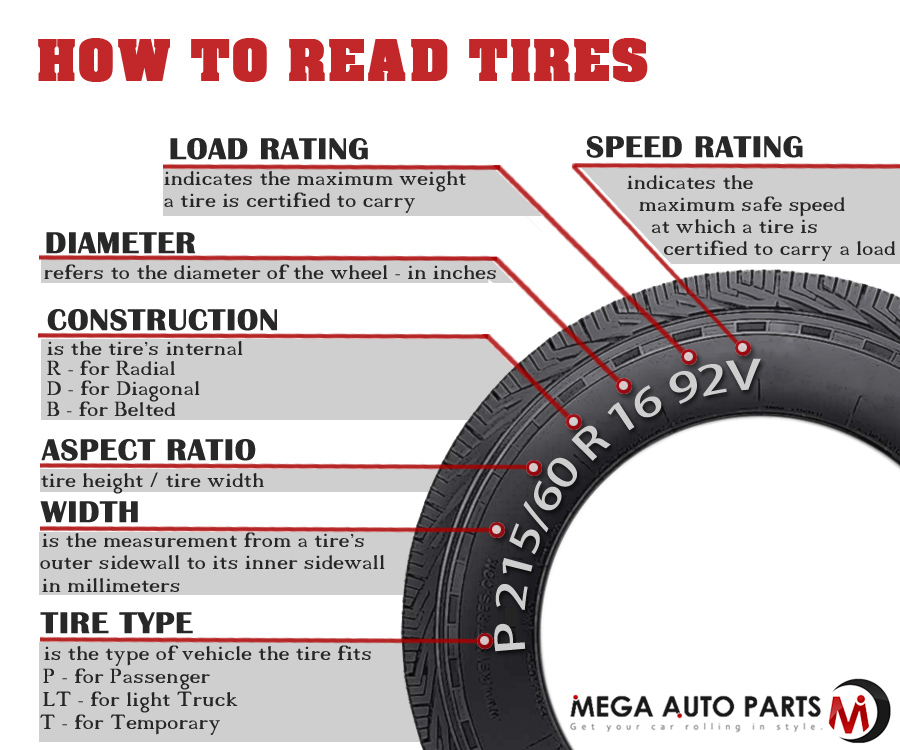 The tire does not tolerate the ingress of gasoline and oils, chemical solvents. It has been proven that some oils can penetrate into the pores of the tire, and such a tire will have poor road holding until the oil-soaked surface is worn away. Gasoline and chemical solvents destroy tire material.
The tire does not tolerate the ingress of gasoline and oils, chemical solvents. It has been proven that some oils can penetrate into the pores of the tire, and such a tire will have poor road holding until the oil-soaked surface is worn away. Gasoline and chemical solvents destroy tire material.
The second reason why a tire gets worse and worse every year of storage is mechanical deformation. The fact is that the tire has a steel frame, which can bend when deformed, which does not correspond to the calculated load. Yes, and the rubber itself has the property over the years to take the form in which it was all this time. This process is aggravated by high humidity and heat.
For example, tires stacked high will deteriorate. The top tires press on the bottom tires and they will collapse. In this case, it is better to store the tires on disks, or string them on horizontal rails, turning them around their axis every four months.
Gradually move on to the third reason - the temperature and sunlight. There is nothing more damaging to a tire than ultraviolet light. Especially for winter tyres, the studs from the tire can start to fall out from exposure to the sun. At high temperatures and low humidity, the rubber begins to crack, which will affect its durability during operation. On the contrary, at high temperature and high humidity, the mechanical deformation of rubber is accelerated. At negative storage temperatures, tires, especially summer tires, can also crack. Not necessarily these will be visible cracks - these can also be microcracks on the surface of the tire or in its depth. However, negative temperatures are less harmful to tires than heat.
There is nothing more damaging to a tire than ultraviolet light. Especially for winter tyres, the studs from the tire can start to fall out from exposure to the sun. At high temperatures and low humidity, the rubber begins to crack, which will affect its durability during operation. On the contrary, at high temperature and high humidity, the mechanical deformation of rubber is accelerated. At negative storage temperatures, tires, especially summer tires, can also crack. Not necessarily these will be visible cracks - these can also be microcracks on the surface of the tire or in its depth. However, negative temperatures are less harmful to tires than heat.
Therefore, if you come to a car market and see tires piled up in large piles in the open air, and oil and gasoline are spilled on the ground, run away from there. It's better to buy tires from a decent dealer than to get a smashed door, or worse, because the tire didn't hold the road and the car skidded.
Sources
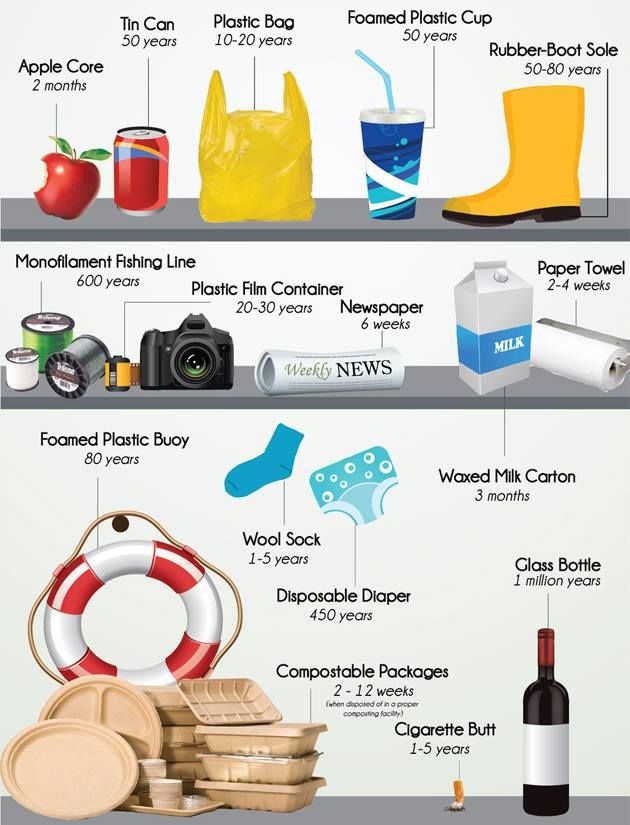 club/tovar/sroki-godnosti/neprodovolstvennye/shin-dlya-avtomobilya.html -shin
club/tovar/sroki-godnosti/neprodovolstvennye/shin-dlya-avtomobilya.html -shin
Ensuring safety on the road is the main task that every motorist faces. Therefore, the first place for the car owner is the choice in favor of a reliable car, taking care of its good technical condition, compliance with traffic rules. One of the important, and sometimes the key point and the key to a comfortable and safe ride, reducing the cost of servicing and refueling a car ...
How to choose wheels for a car in order to increase comfort and safety, as well as unleash the potential of a car? Every driver asks this question.
How to choose the right wheels for your car
The car wheel consists of two main elements. This is a rim and tire, the competent selection of which will significantly improve the performance of the machine.
As a rule, car enthusiasts encounter the replacement of rims less frequently than the replacement of rubber, which is usually carried out twice a year (depending on the season). However, the need to replace disks, nevertheless, sometimes arises.
The disk is a base, support, and therefore the criterion for its selection is the maximum reliability: strength, resistance to deformation, wear, corrosion.
Stamped or standard welded metal discs are the cheapest option. In most cases, this option is included in the basic configuration of the car. They are distinguished by a rather high weight, which in itself does not seem to be an advantage, because it increases fuel consumption, creating additional loads, it is quite easy to deform under high loads and quickly corrode with frequent contact with moisture. And therefore, for an aggressive driving style and operation of a car in off-road conditions, it is not the best option.
And therefore, for an aggressive driving style and operation of a car in off-road conditions, it is not the best option.
Budget choice of wheels for a car
In addition, the wheel is an essential element of the overall aesthetics of the car, and the “stamping” here is much inferior to more attractive options. The only advantages of welded steel discs are low price and maintainability (a damaged deformed disc can be rolled in a car repair shop).
Light alloy wheels are distinguished by their aesthetic appeal and a number of high technical and operational properties. They are lightweight, resistant to corrosion and deformation, provide lower fuel consumption and better maneuverability.
A distinction is made between cast and forged wheels. The former are represented by a variety of external designs and are relatively inexpensive. However, such a disk cannot be restored; a replacement will be required.
The choice of wheels for a car based on alloy wheels
The second ones are the most high-tech, durable (the suspension is more likely to fail than the disk is deformed), but also expensive. True, due to the complexity of the technological process and the many mechanical operations, forged alloy wheels do not differ in particular design variability.
True, due to the complexity of the technological process and the many mechanical operations, forged alloy wheels do not differ in particular design variability.
How to choose wheels for a car based on forged wheels
When making a decision to purchase a set, it is worth considering that the choice of wheels for a car must be made based on the recommendations given by the car manufacturer on the optimal and acceptable wheel sizes. The range of options is limited, and the wheel size set by the manufacturer is considered the most suitable and effective.
The choice of tires is another matter. The tire tread ensures the contact of the wheel with the road surface, which can be in different technical conditions, with different terrain, wet, slippery, rocky, warm, frozen, etc.
The tires installed on the car must meet the conditions and specifics of the car operation as much as possible.
Selection of tires is made taking into account the dimensions of the rims installed on the car. If there are doubts about how to choose wheels for a car, choosing wheels and tires separately, then buying a complete set of wheels can be the right and safest decision. In this case, you can be sure that the tire clearly matches the parameters of the disk. In addition, such wheels have already been balanced and are ready for operation.
If there are doubts about how to choose wheels for a car, choosing wheels and tires separately, then buying a complete set of wheels can be the right and safest decision. In this case, you can be sure that the tire clearly matches the parameters of the disk. In addition, such wheels have already been balanced and are ready for operation.
Car tires are classified according to seasonality:
The choice of wheels for the car is made taking into account that the tire eventually does not touch the protection of the wheel arches, leaving sufficient clearance.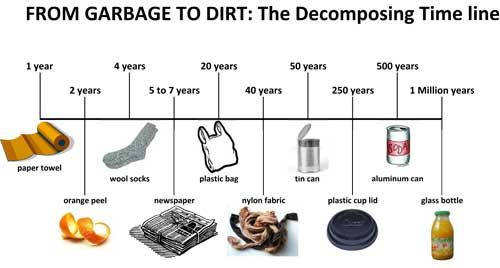 Therefore, when installing disks larger than standard ones, as a rule, low-profile tires are selected for them, and high-profile tires for smaller ones.
Therefore, when installing disks larger than standard ones, as a rule, low-profile tires are selected for them, and high-profile tires for smaller ones.
You can also experiment with the width. For summer conditions (warm roadway, dust and rain), it is important to provide a sufficient contact area, thereby the car will confidently and tenaciously “hold on” to the road. Many car enthusiasts “change shoes” for the summer in wider tires.
Winter roads, often covered with snow, are a colossal test for a car. The number one task is to ensure efficient driving in the conditions of the need to literally "scoop" out of the snowdrifts. Narrower tires do this better. For this reason, discs are sometimes changed to smaller ones.
A tire calculator will help a novice motorist to choose the right tire for the parameters, which you can use for free on the website of a specialized online store of rims and tires.
How to choose wheels for a car - diagram
When choosing tires according to the season, you should take into account the rating of brands and models, determine the budget.